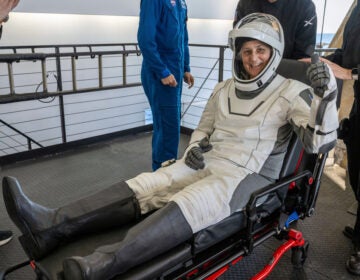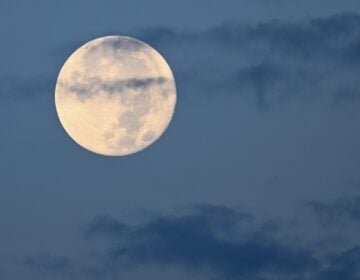Dark matter’s impact on Andromeda’s size
Listen 06:27
Textbooks typically describe the nearby Andromeda galaxy as being three to four times larger than our galaxy, the Milky Way. However, newer measurements indicate that the two are actually on par. The discrepancy? Andromeda has fewer stars than originally estimated but more “dark matter.”
Astronomers actually now believe that what we see of Andromeda is only 10% of its actual mass.
Astronomer Vera Rubin realized the existence of dark matter in the 1970s when she tried to figure out why Andromeda’s motion didn’t match its estimated mass.
Andromeda and the Milky Way are on a collision course, and their relative masses will make a difference in how the collision will affect the stars, planets, and other masses.
The sunset this week comes after 7:00pm and we’re gaining about 2 minutes and 40 seconds of daylight every day through the end of April, when the rate begins to slow. Meanwhile, sunrises are coming earlier.
Birth Anniversaries this week:
Giovanni Schapiarelli, 1835 – canals on Mars;
Albert Einstein, 1879 – general relativity, special relativity;
Astronaut Gene Cernan, 1934, the same year the Franklin Institute opened its doors at its current location.
WHYY is your source for fact-based, in-depth journalism and information. As a nonprofit organization, we rely on financial support from readers like you. Please give today.




